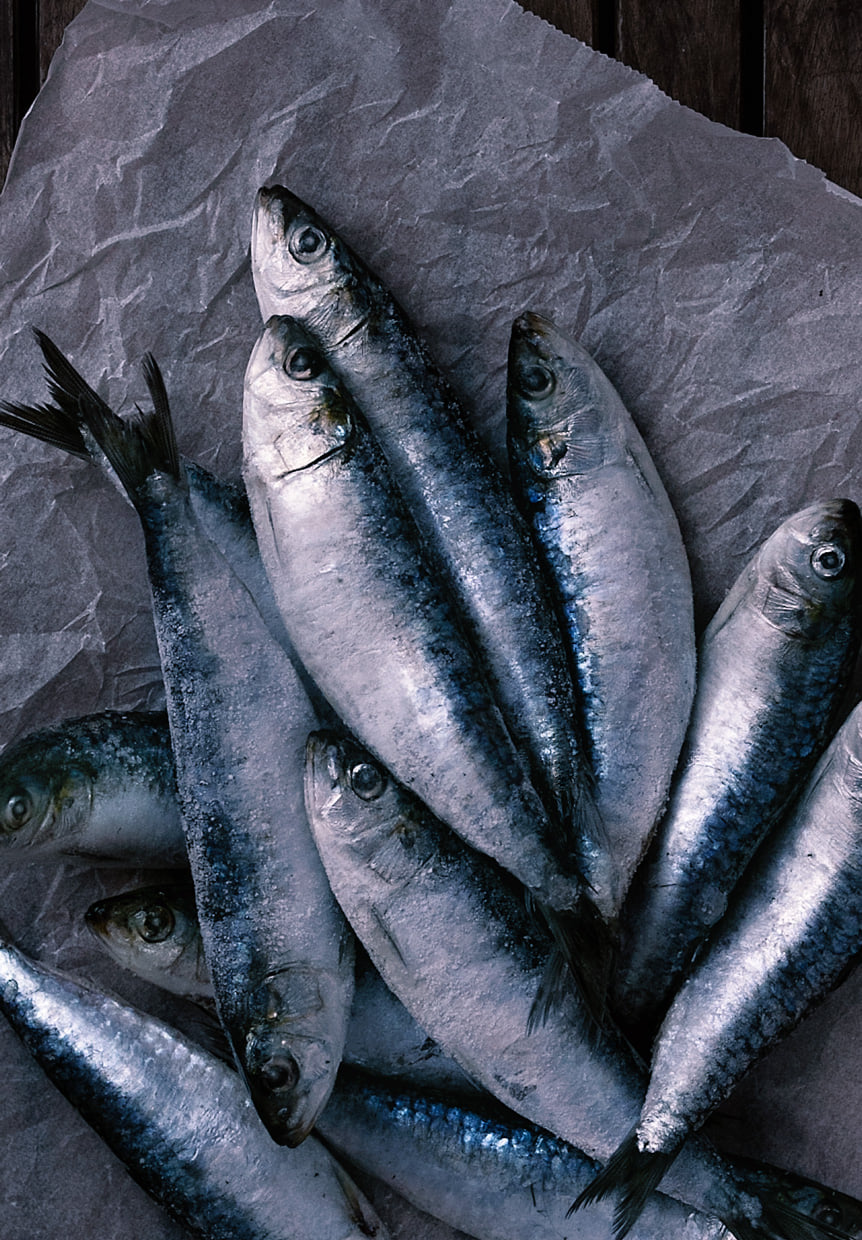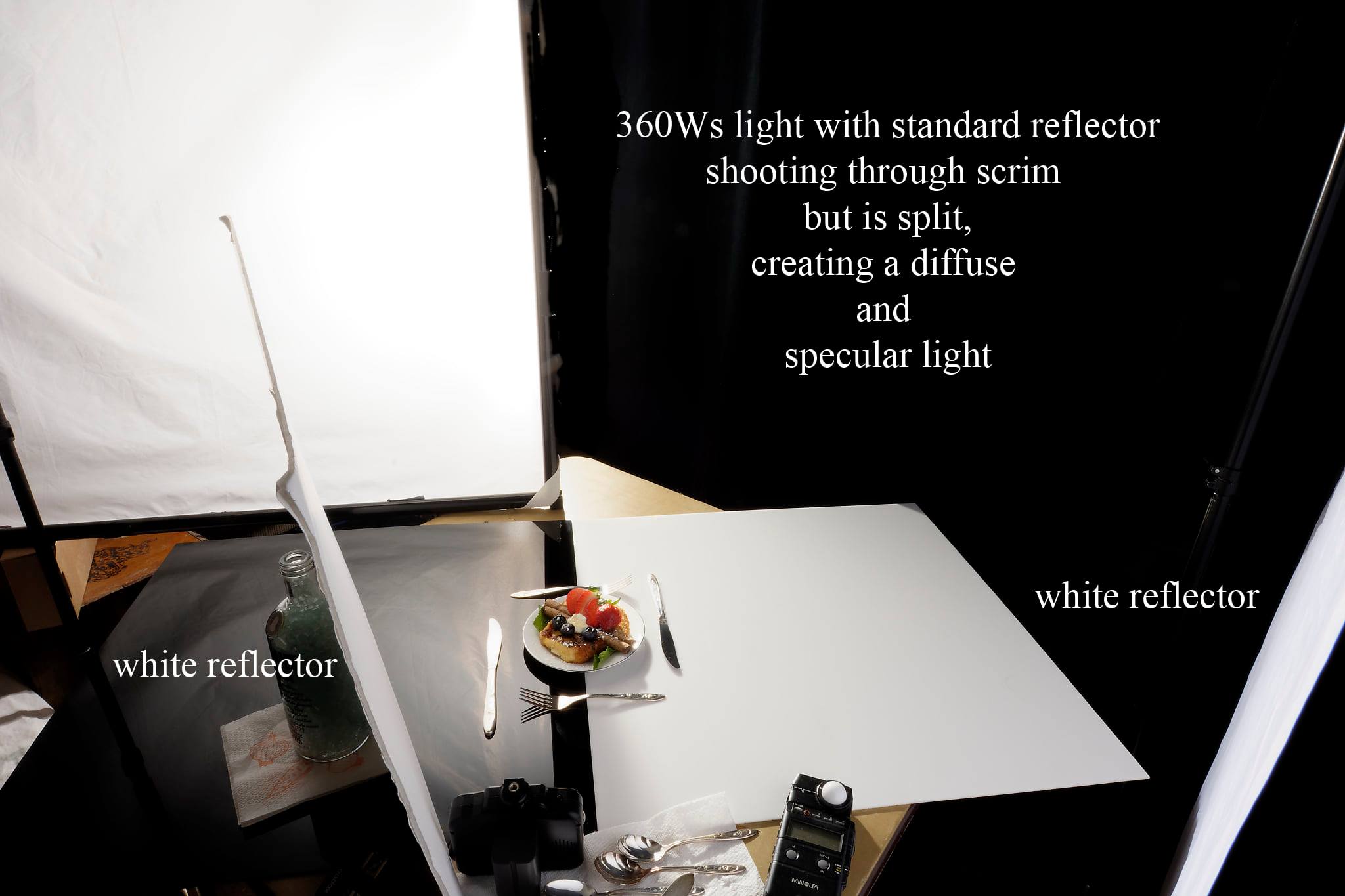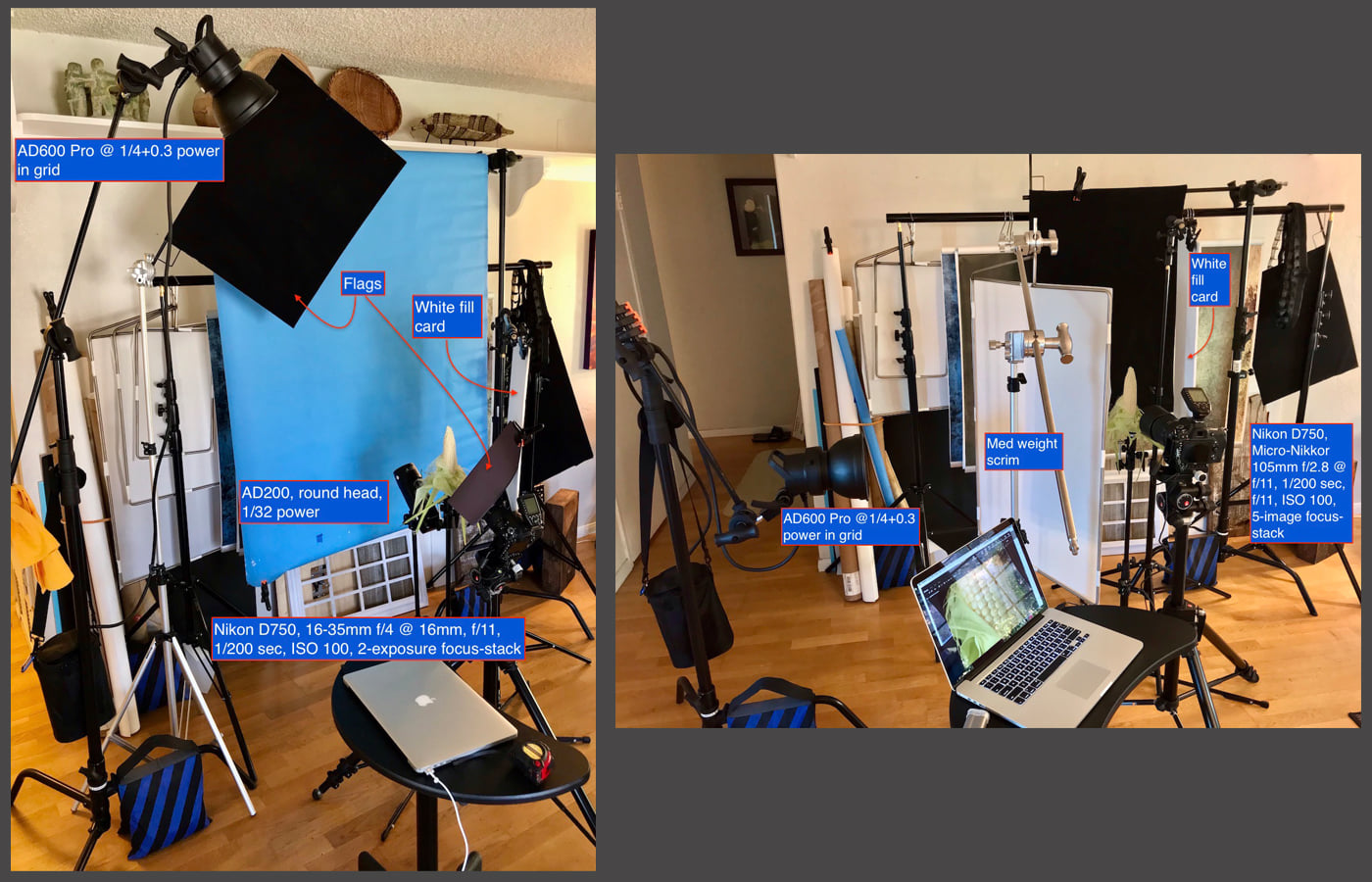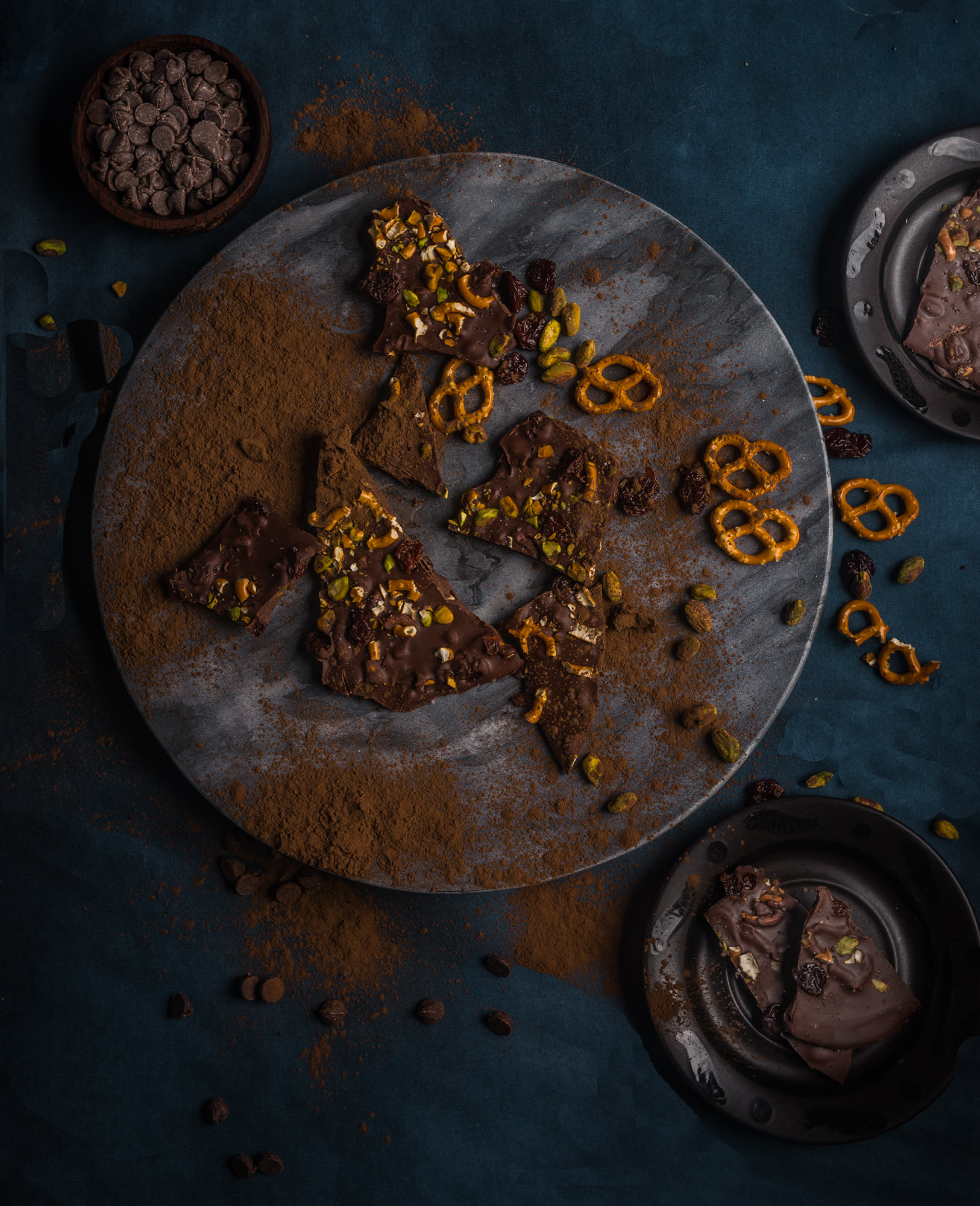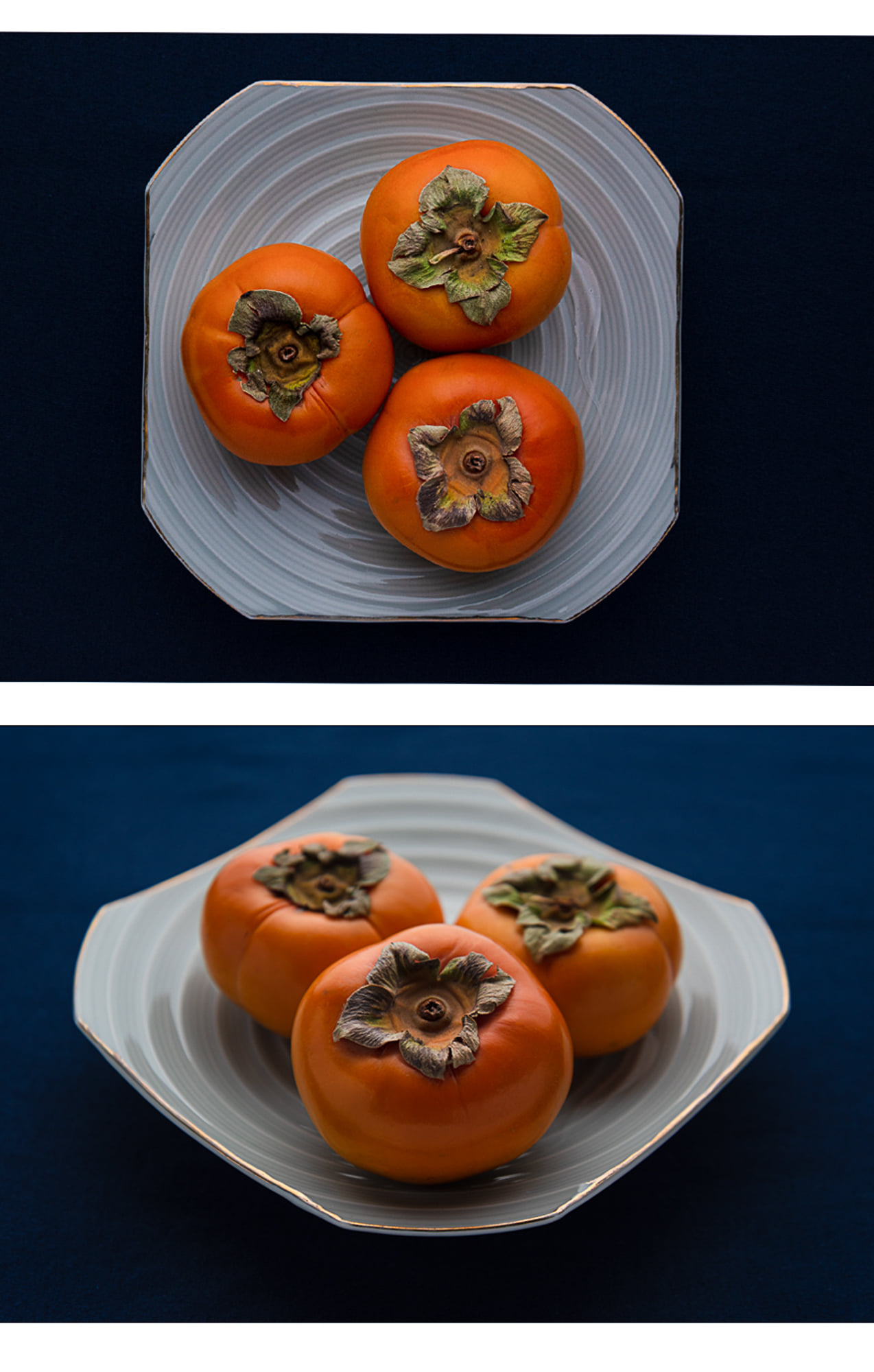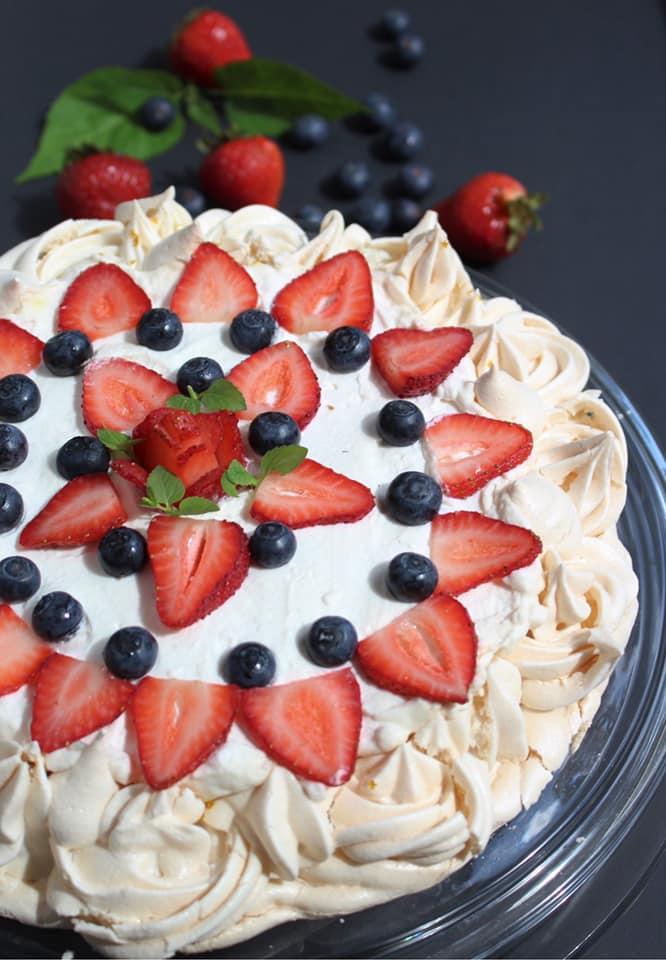FOOD ON THE RUN… FAST FOOD.
This will be a challenge. Shooting food that is normally treated as ubiquitous and uninteresting as though it was the star of the show.
Think about how we think about fast food.
Always there.
Similar in taste and presentation.
Same things made a little bit different.
Fast.
Bag.
Thrown away.
Comfort food.
Then craft a visual narrative to say something about the food you shoot.
Tasty?
Texture?
Voluminous?
Bigger than life?
Artistically presented?
Treated as cuisine?
Shown in an unexpected way?
Or in an unexpected place?
At an unexpected time?
There are so many tropes around about the nature of fast food and our relationship to it.
Have fun with this assignment – go crazy.
Guy eating a huge burger on a motorcycle.
Candlelight dinner featuring McNuggets.
A milkshake in flight.
What works together is sometimes a great choice.
What doesn’t work together is sometimes also a good choice.
Fast Food Photography: Make It Look Like “Good Food”
Fast food often gets a bad rap, but as photographers, we can change the perception. Our job? Make it look irresistible. This is about turning something quick into something appetizing, and that takes skill. Here’s how to tackle it and avoid common pitfalls.
1. Understand the Brand Aesthetic
- Every brand has its look. Get a feel for the colors, mood, and energy they project.
- Does the brand lean toward fun, clean, or indulgent? Keep that in mind with every shot.
2. Highlight Freshness, Even If It’s Not “Farm-to-Table”
- Fast food can and should look fresh. Avoid limp lettuce and soggy buns.
- Food styling is key. Fresh ingredients, vibrant colors, and a bit of steam go a long way in making the food look as good as it smells.
3. Watch the Light and Shadows
- Lighting is crucial here. Bright, clean light works wonders for fast food.
- Be cautious with shadows; they can make food look heavy and unappetizing.
4. Avoid Over-Styling
- Don’t go overboard. Fast food should look accessible, not “fine dining.”
- Simple props that relate to the food (like a burger wrapper or a takeout bag) keep the scene authentic.
5. Capture the Appeal of “Quick Comfort”
- This food is about ease and enjoyment. Show that in the shot.
- Catch a bit of that “grab-and-go” vibe while still keeping it appetizing.
6. Be Wary of the Pitfalls
- Messiness: While a bit of sauce can add appeal, too much looks sloppy. Strike a balance.
- Unrealistic Presentation: Don’t make it look too perfect. People want real food, not plastic.
- Consistency Across Shots: Keep the colors and style consistent. Don’t mix warm and cool tones.
In the end, your job is to make fast food feel like a treat. Keep it real, keep it fresh, and keep it delicious.
Lighting Ideas to Think About
ASSIGNMENT UPLOAD
1. Must not be larger than 1200 pixels on the longest side.
2. Must be .jpg format
3. Include BTS shots (at least one per set)
|
Upload files
|
|
|
|
|
|
|
|
|
ZOOM MEETING INFORMATION HERE
SATURDAY
Meeting time is 9 AM Pacific
Join Zoom Meeting:
THURSDAY
Meeting time is 6 PM, Pacific
Join Zoom Meeting:
1. The “Hand-held Hero” Shot
- Goal: Capture a delicious fast food item in a hand-held shot, emphasizing ease and the “grab-and-go” appeal.
- Setup: Use natural light from a window or a ring light for a soft glow. Position the food in hand (or with a friend holding it) against a simple background, like a brick wall or a wooden table, to keep the focus on the food.
- Details: Ensure the item is well-styled—nothing dripping or squashed. Keep props minimal, like a crumpled wrapper or a drink cup nearby for context.
2. Tabletop Takeout Spread
- Goal: Showcase the variety and abundance of fast food options in a way that feels inviting and shareable.
- Setup: Arrange a spread of different menu items on a tabletop or kitchen counter. Use a natural overhead or 45-degree angle light. Place takeout bags, napkins, or sauces in the frame to give it a casual, “let’s dig in” atmosphere.
- Details: Keep the scene tidy but natural. A few “messy” elements (like crumpled wrappers or open sauce cups) add realism and make it feel like real people are about to dive in.
3. Close-Up Detail Shot
- Goal: Highlight the textures and details that make fast food look tasty—think melting cheese, crispy fries, or a juicy burger.
- Setup: Set up near a window with a reflector or whiteboard to bounce light back onto the food, making details pop. Use a macro lens or the camera’s macro setting to get up close.
- Details: Focus on a single item or part of the food, like the cheese pull from a pizza slice. Avoid props; let the textures and colors of the food shine.
4. Street Style “Food Truck” Vibe
- Goal: Create a dynamic, urban feel for the food, as if it’s straight out of a food truck or street vendor.
- Setup: Take the shoot outdoors, if possible, or near a large window for natural lighting. A weathered table or concrete background can bring out that street food vibe. Position the food simply but with character.
- Details: Keep props minimal—a napkin, condiment packet, or a small potted plant. Focus on the vibe: casual, vibrant, and ready to eat. Emphasize a bit of that “fast and fun” aesthetic.
Natural light is always an option, and this shot by Alex Baker shows a very nice and clever way to control it. Notice Alex is using a white board to the right of the fish, and a small board to block the light on the left side. We call that a flag. A small white card at the bottom gives just a hint of fill.
Arnold Gallardo’s use of a white and black surface gives this picture a lot of character. The whimsical, but carefully placed silverware makes the graphic nature of the image even more striking. Of note is Arnold’s use of the softbox, working in the edge – almost a feather, but more softbox than the usual feather would include – of it instead of the center. Everything about the lighting is carefully choreographed by Arnold.
Daniel Franks shows us how it is done with a beautifully rendered ear of corn. The lighting, the background, and the angle of the camera all lead us to visually conclude that this is one important ear of corn. You can see from Daniel’s excellent behind the scenes shot just how meticulous the lighting is for this image.
The amazing and crazed pickle by Greg Kindred makes it a hero for sure. Notice the perfectly lit pickle, the drop of water placed to let us know it is fresh, and the bright blue spray to set it off from the background. Adding in the personal POV from the camera and you have a stunning photograph. Also note how perfectly placed reflectors give reflections on the fork.
Julie Smith L’Heureux creates sumptuous sets of colors and textures to delight the eye. In this shot of chocolate and pretzels notice the attention to detail and the carefully ‘randomized’ placement of the pretzels. Making something LOOK random is harder than we think it is. The blue surface adds to the warmth of the pretzels and chocolate.
Make sure you have a stand-in when shooting something frozen as Karla Cordero did. The lighting is delightful and keeps our eyes busy. From the highlights on the icecream bar to the light seemingly making the limes glow, the image is a feast for the eyes. You have to work fast when working with frozen items.
Kit Ishimatsu shows us two versions of the same item using the same light. The top image is sidelight from the large scrim, and the bottom image is top/backlit. You can see the totally different ways the image presents by changing the angle of the light to the subject to the camera. Adding the small blue spray light in the bottom image also adds to the depth created. And how about those gorgeous highlights?
A window and a fill card is all Laura Nino needed to make this natural-looking strawberry cake. The very tall window brings light to the top of the cake while the window all the way to the bottom provides smoot, even light down the side. A large fill card is all that is needed to open up the shadows.
Loren Gietzen wanted a perfect view of a simple breakfast. The design is formal, and the textured surface gives the glossy eggs some contrast. Loren also added a bit of a gradient from the top allowing the eggs and silverware to pop off the background. Bringing the light from the back, through a scrim and adding a white card above the food gave the eggs something to reflect. All in all, this is a well done food shot – one that would catch anyone’s eye.
Steven Van Herpern’s moody shot of a sandwich and loaf of bread is dark and brooding. Steven used a medium box, a flag in front of it, and a fill for the top of the sandwich from behind. Textures abound, and the rich colors of the meat and bread give the image a painterly feel. This could be on the wall of a deli for sure.




